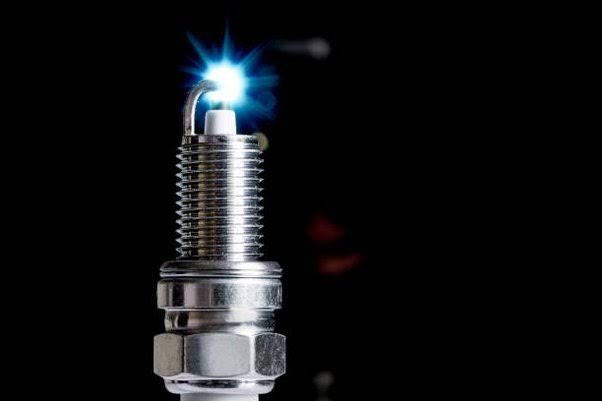No spark problem in a modern car may result from a faulty ignition coil, damaged spark plugs, or malfunctioning camshaft/crankshaft position sensors.
As an automotive expert, one of the most common issues you may encounter is a no spark problem in modern cars. This frustrating and potentially dangerous situation can leave drivers stranded and unable to start their vehicles. In this guide, we will delve into the causes of a no spark issue and provide step-by-step instructions on how to diagnose and resolve the problem effectively.
Understanding the Importance of Spark:
Before we delve into the troubleshooting process, let's understand the vital role spark plays in a car's ignition system. A spark is required to ignite the air-fuel mixture in the engine, powering the vehicle. Without a spark, the engine won't start, and the car becomes immobile.
Step 1: Safety First
Before attempting any troubleshooting, ensure you are working in a safe environment. Park the vehicle on a level surface, engage the parking brake, and wear appropriate safety gear, including gloves and eye protection.
Step 2: Check the Battery
A weak or dead battery can be the root cause of the no spark problem. Use a multimeter to check the battery voltage. If the voltage is below 12.4 volts, charge the battery. Also, inspect the battery terminals and cables for corrosion or looseness, as these can hinder proper electrical connections.
Step 3: Examine the Ignition Coil
The ignition coil is responsible for generating the high voltage needed for a spark. Modern cars typically have individual coils for each cylinder or a single coil pack. Use an ohmmeter to test the resistance of the coil(s) within the manufacturer's specified range. If the resistance is off, the coil may need replacement.
Step 4: Inspect Spark Plugs and Wires
Damaged or worn spark plugs and wires can lead to a lack of spark. Carefully remove each spark plug and inspect its condition. If they show signs of fouling, wear, or damage, replace them with the recommended spark plugs for your vehicle. Similarly, inspect the spark plug wires for cracks or fraying and replace them if needed.
Step 5: Check the Camshaft and Crankshaft Position Sensors
Modern cars rely on camshaft and crankshaft position sensors to detect the engine's rotation and timing. Faulty sensors can disrupt the spark timing, leading to a no spark condition. Test these sensors using a digital multimeter according to the manufacturer's specifications.
Step 6: Investigate the Ignition Control Module (ICM)
The ignition control module manages the ignition timing and spark distribution. A malfunctioning ICM can result in a no spark problem. Verify the ICM's functionality through testing or by swapping it with a known working unit.
Step 7: Assess the Engine Control Unit (ECU)
The Engine Control Unit (ECU) plays a critical role in monitoring and controlling various engine functions. A faulty ECU may prevent the ignition system from functioning correctly. Have a professional technician scan the ECU for any error codes and diagnose potential issues.
Step 8: Address Other Potential Causes
If none of the above steps resolve the no spark problem, further investigation may be necessary. This includes examining the vehicle's immobilizer system, security system, and anti-theft measures, which can interfere with the ignition system's operation.
Conclusion:
Troubleshooting a no spark problem in modern cars requires a systematic approach and attention to detail. By following the steps outlined in this guide, you can diagnose the issue accurately and restore your vehicle's ignition system to optimal functionality. Always remember to prioritize safety and consult a qualified automotive technician if you encounter any challenges during the troubleshooting process.

Comments (0)
Please login to join the discussion
Be the first to comment on this article!
Share your thoughts and start the discussion